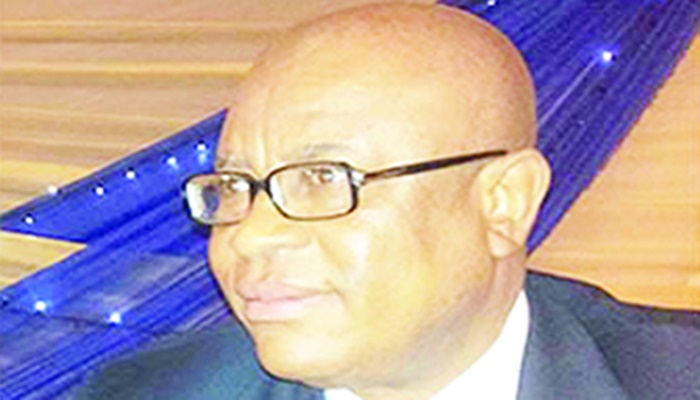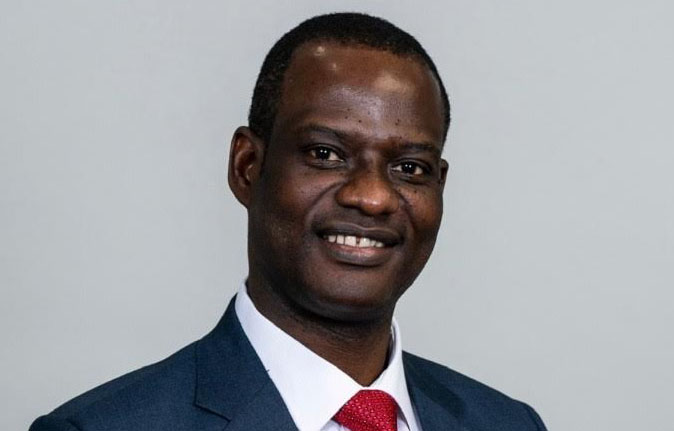
Shareholders of underwriting firms in the country have charged underwriters to adopt a successive plan in their respective companies, such that most directors don’t have to retire at the same time on the board.
This development, they said, could negatively affect the fortune of the concerned insurers, stating that a situation whereby seven directors have to leave a board of a company at the same time, is not ideal for the growth of insurance industry.
Mr. Nonah Awo, who spoke on behalf of insurance shareholders at the 21st Annual General Meeting of Sovereign Trust Insurance Plc, in Lagos, said if insurers have good succession plan in place, a situation whereby several directors would be put on compulsory retirement, as contained in the National Insurance Commission (NAICOM)’s regulation, will not have arisen.
According to him, “insurance companies must start thinking of successive plan rather than waiting for the regulator to sack everyone.”
Having succession plan, he added, will enable the adopting companies to grow its investment, thereby, leading insurers to profitability. If this plan is adopted, he stressed that the shareholders, who have invested so much in these companies, should be able to get a good returns on their investments.
In the same vein, Adebayo Adeleke, Secretary, Independent Shareholders Association of Nigeria (ISAN) appealed to NAICOM to temper justice with mercy, especially, on its policy that led to the sack of executive directors on the board of most insurance firms.
“NAICOM needs to regulate the companies with fear rather than selfish interest. You cannot sack owners of a house from their homes,” he stated.
He complained about the regulations that saw seven directors of Sovereign Trust Insurance Plc out of the board.
It would be recalled that NAICOM had in 2015, released a regulatory guideline mandating executive directors and non-executive directors, who have stayed over a stipulated period of years on the board, to exit the companies.
This directive, Business247 News Online learnt, had resulted in the compulsory retirement of several board members of underwriting firms, and in most cases, six to seven executive directors have to retire at a time.







Comments are closed.